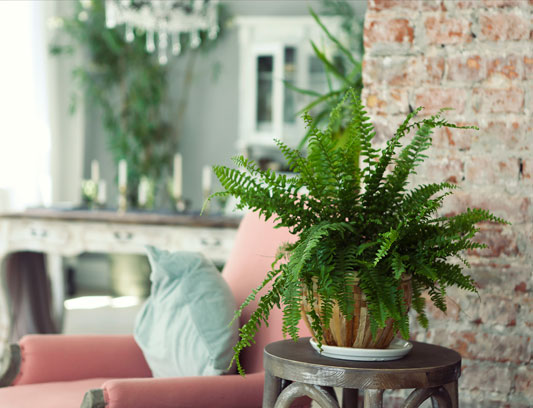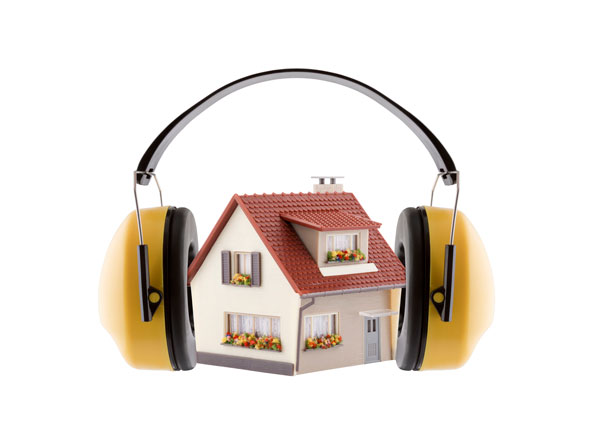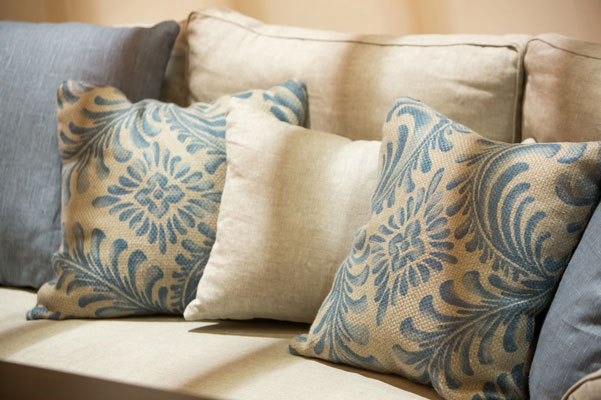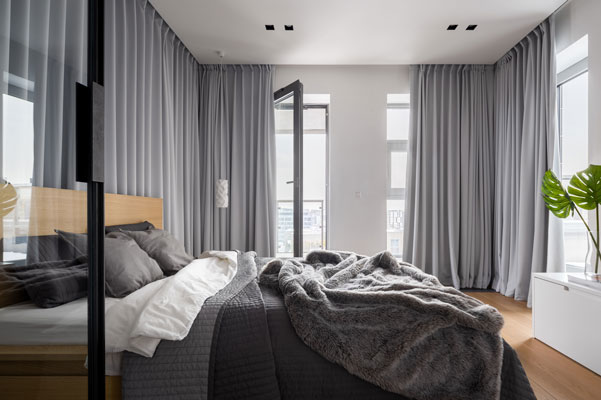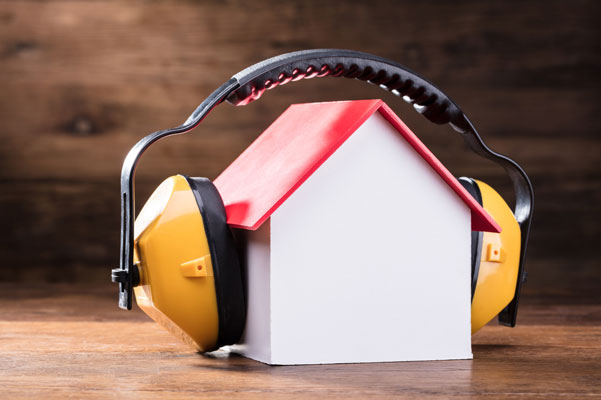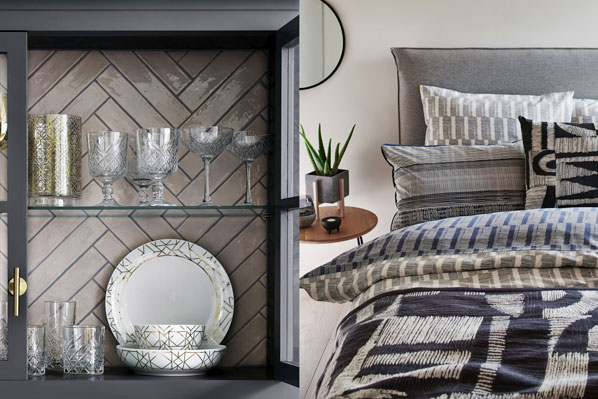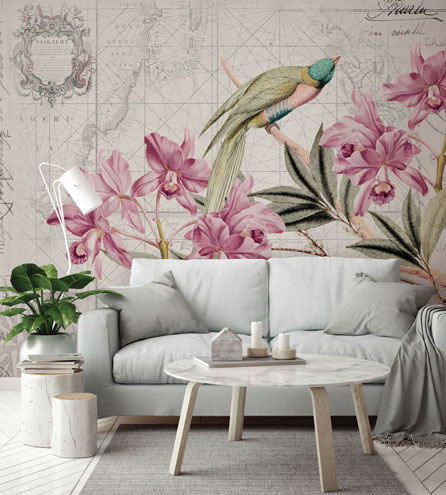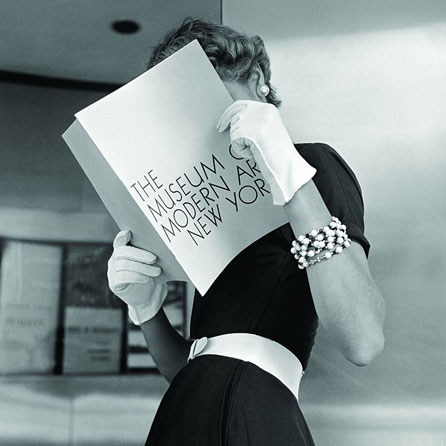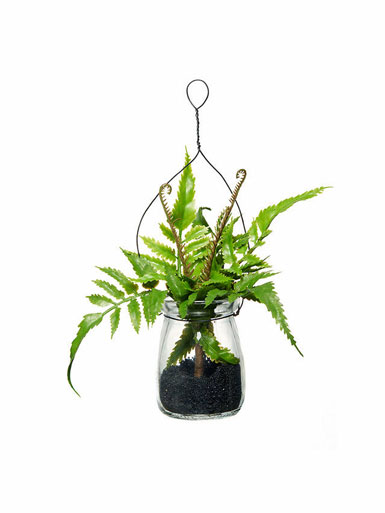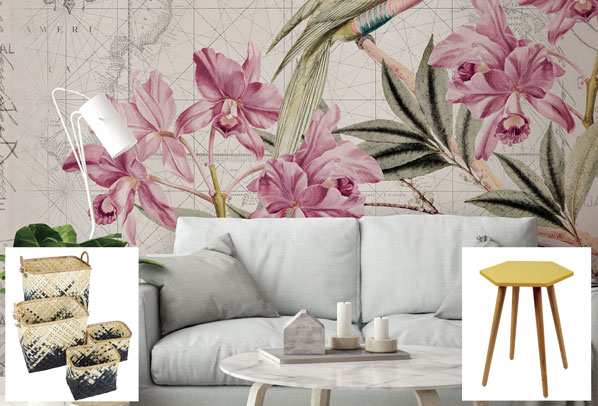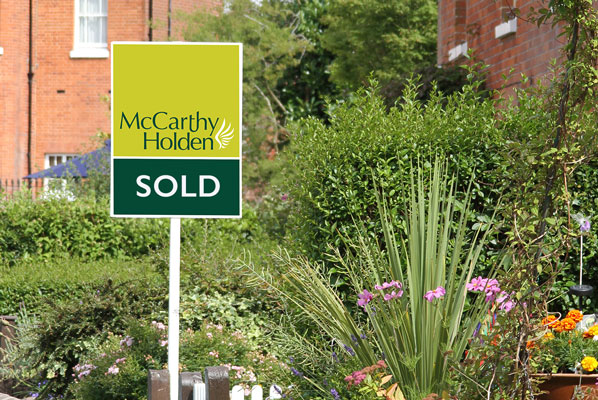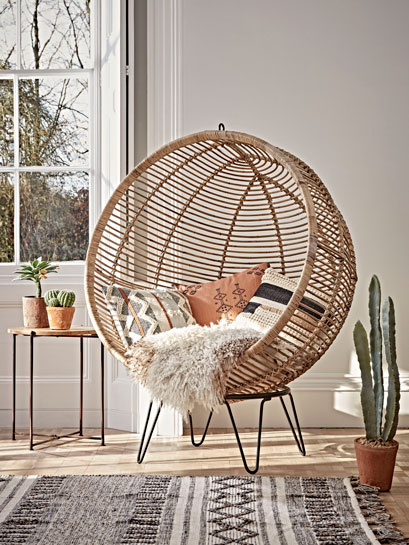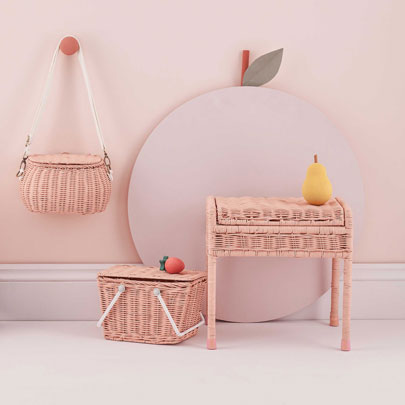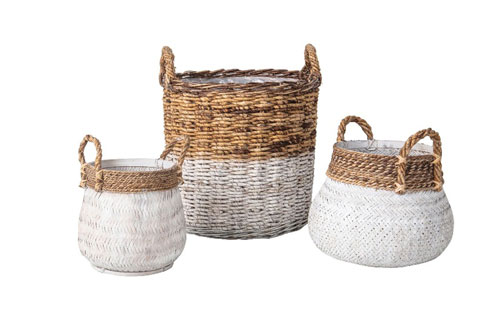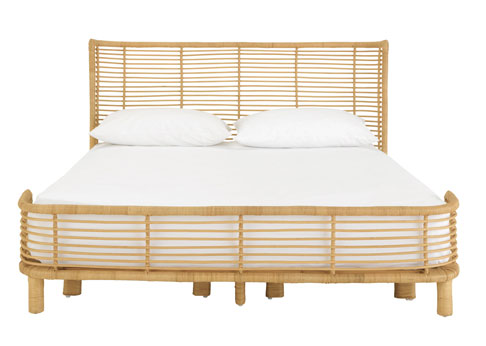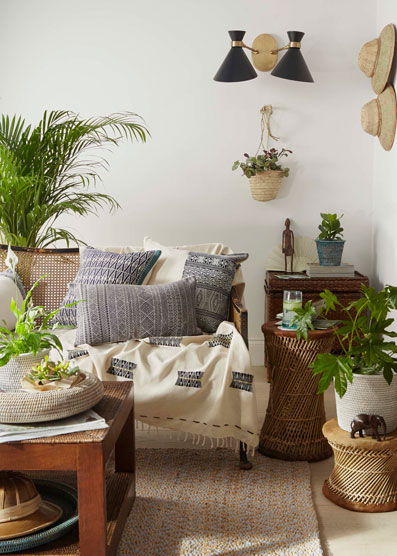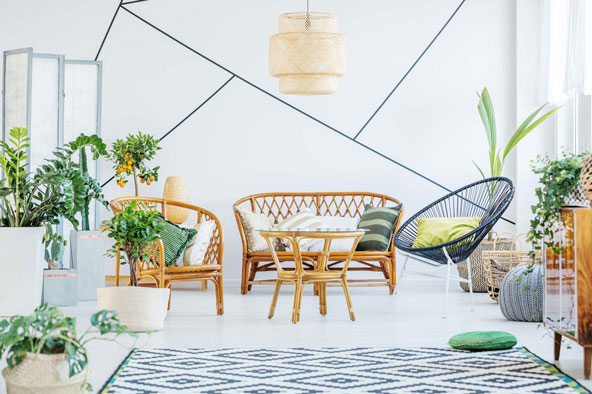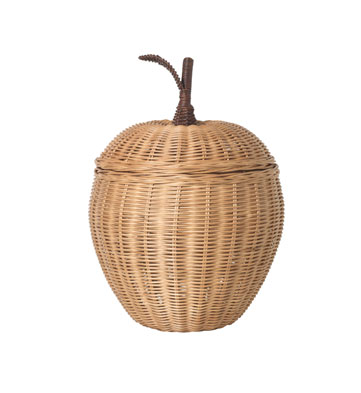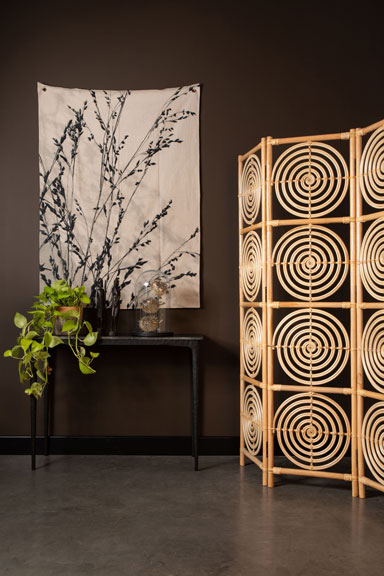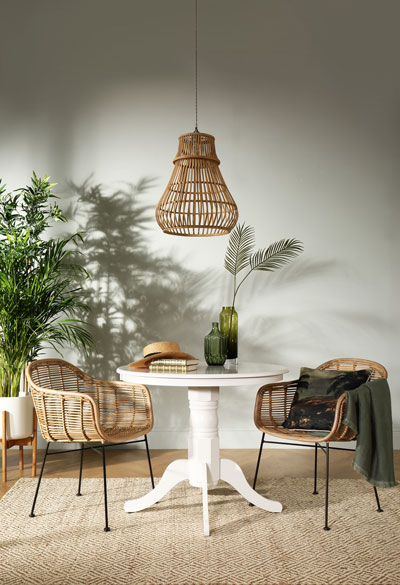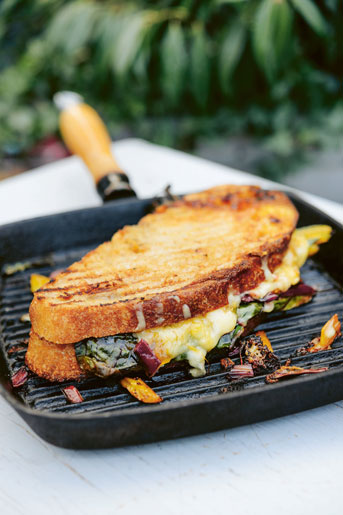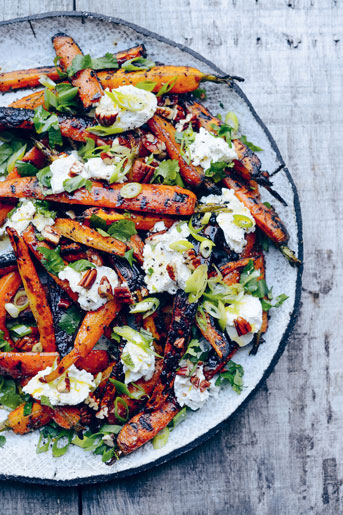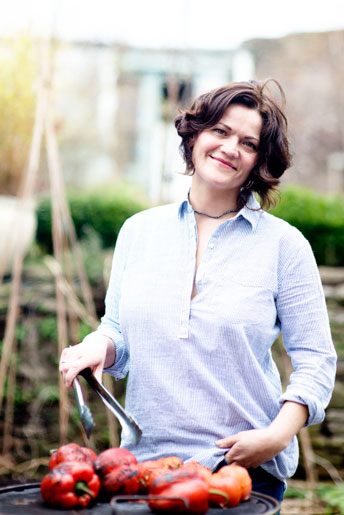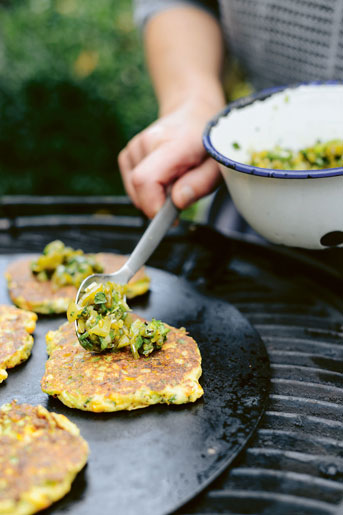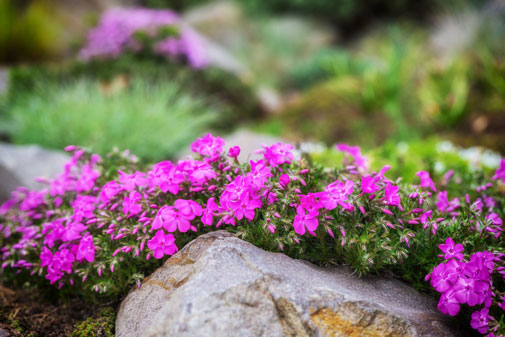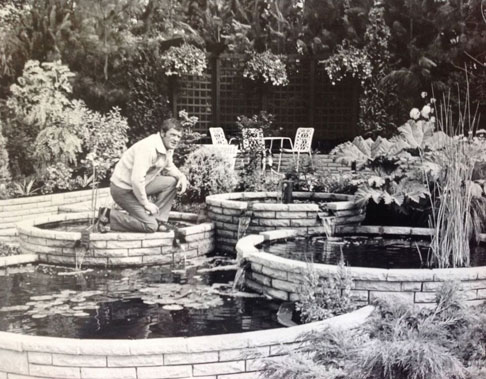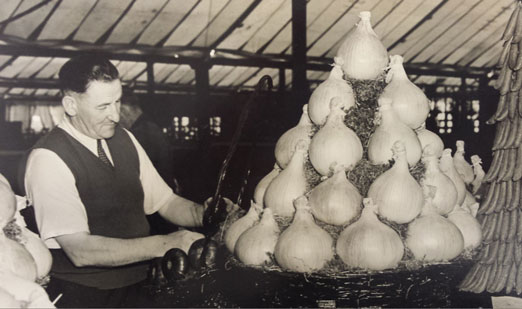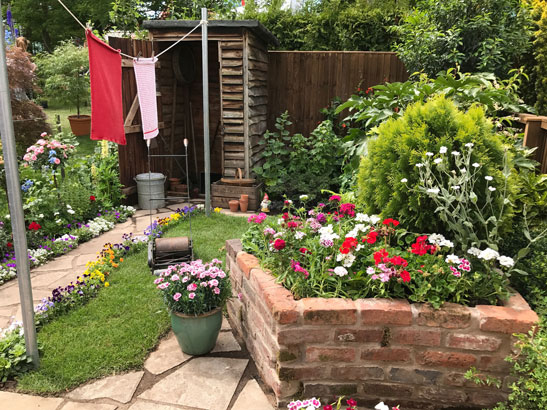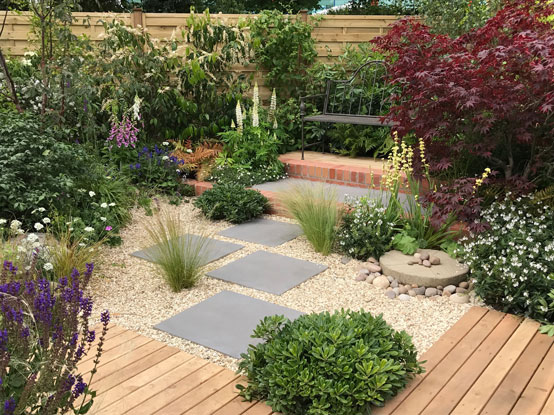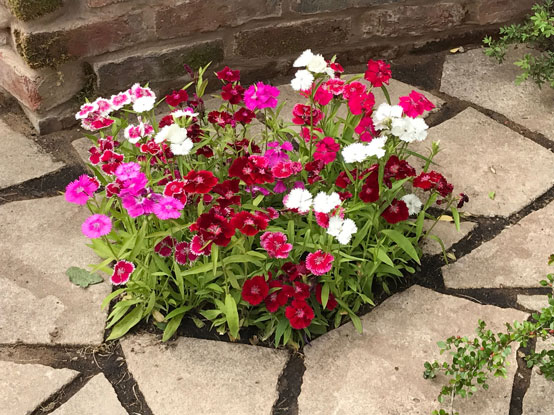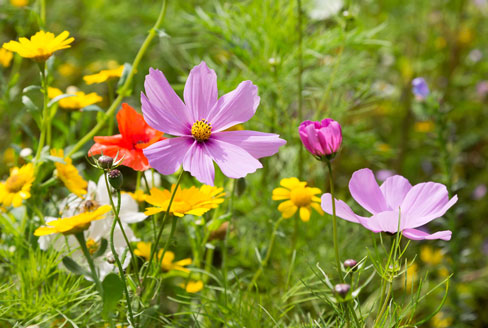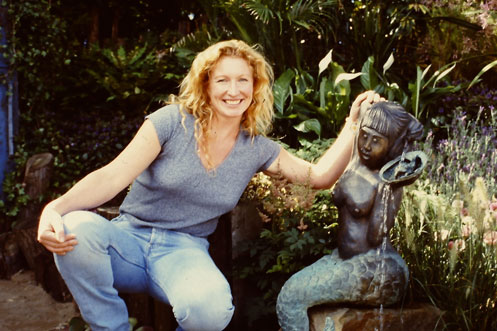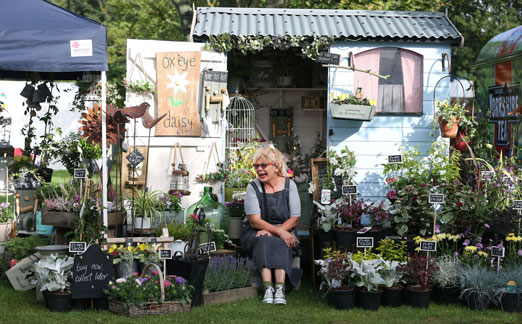Unsure which plants to place in the bathroom, lounge or bedroom? Houseplant expert Claire Bishop tells Hannah Stephenson her top tips.
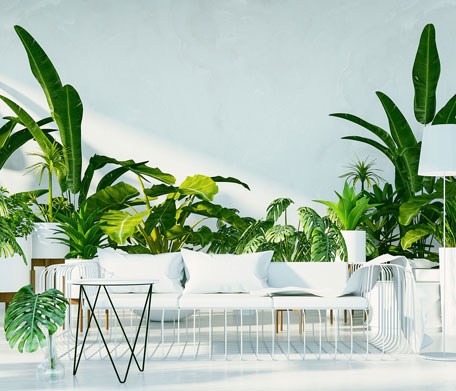
As the seasons change, waving goodbye to summer doesn’t have to mean the end of enjoying gorgeous plants.
You can still keep your home feeling alive with houseplants, whatever your decor style. For those new to keeping plants indoors though, knowing what to have where can seem tricky.
Claire Bishop, houseplant buyer at Dobbies Garden Centres, offers the following tips on how houseplants can enhance a number of different styles and moods – from bright and bold, to soft, subtle and architecturally sculpted – and which ones work best where…
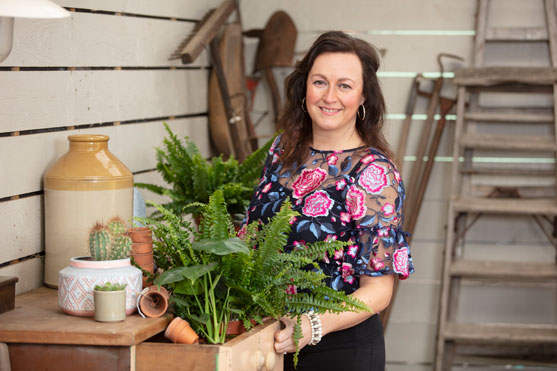
Au natural
Lush green plants paired with rugged terracotta containers bring the outdoors into your home. The popular Boston fern, with its arching green fronds, can develop into a perfect sphere of intricate greenery.
Alternatively, go for the sansevieria succulent, which adds attractive marbling to the mix. Commonly known as snake plant or mother-in-law’s tongue, sansevieria are much more soothing to have around than either of their nicknames suggests.
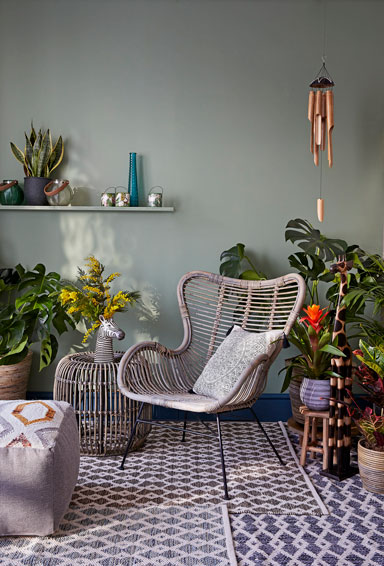
Typically tropical
For a more vibrant look, seek out dazzling tropical plants such as the Calathea peacock plant. As the name suggests, this plant is all about display, with a feathered effect in different shades of green.
Since it originates in warmer climes, Calathea will be perfectly at home in the humid atmosphere of a bathroom or kitchen – where it’s likely to expand over time into a substantial, bushy addition.
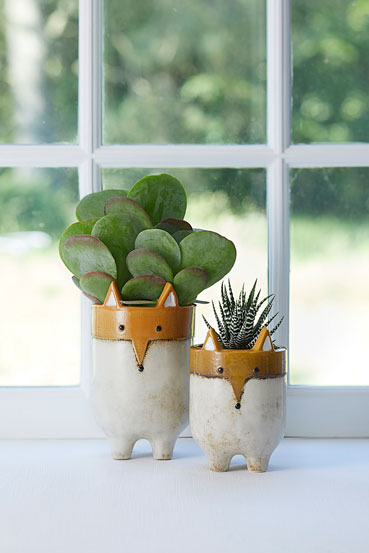
Family fixture
For a bright, cheerful addition to any family room, turn to dependable, easy-to-grow favourites such as the spider plant. Thriving even in a brightly-lit lounge, the bold stripes of the variegated Chlorophytum will last all year round. Try a hanging basket to display it to best effect.
The peace lily is another go-to houseplant, being beautiful and almost indestructible – it actually thrives on under-watering. With its pure white flowers and deep green leaves, it’s a calming presence. It’s also one of the best plants for removing air pollution.
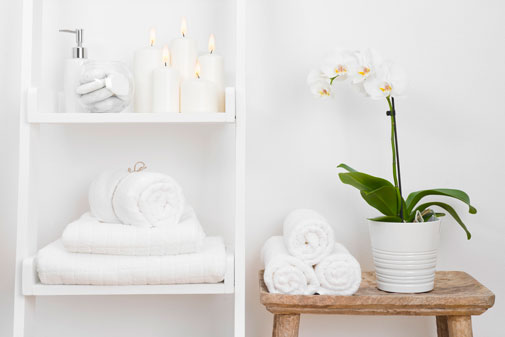
Shabby chic
Dispense with tradition and opt for ‘guests’ that will bring personality to your rooms. Coconut shells, coffee tins, brass cans – most houseplants aren’t fussy – they’ll thrive equally happily in unconventional containers.
Based on an ancient Japanese art, Kokedama (which directly translates as ‘moss balls’) are plants rooted in soil, wrapped in moss and bound in thread. Much more than just a houseplant, these are pieces of sculptural art, perfect on a windowsill or suspended from the ceiling.
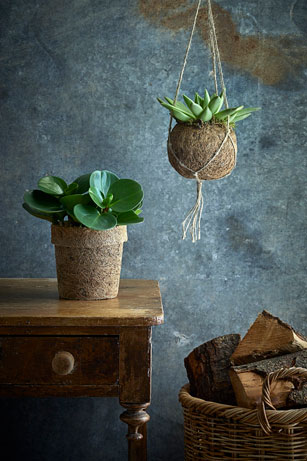
3 key questions about houseplants
Here, Bishop answers some of the more commonly asked houseplants questions…
1. What common mistakes do people make when it comes to houseplants?
Overwatering. It’s surprising that most of the on-trend plants at the moment thrive upon neglect, as most of them require a bare minimum of care. Also, too much light and draughts can affect plants, so being placed directly on a windowsill where the window is often opened. They can quickly recover if you reposition them.
2. Which plants would you recommend for which room, and why?
Houseplants will work well in most rooms, as long as there is natural light.
In bedrooms… Aloe vera is often recommended, releasing oxygen while you are sleeping. They are one of the best plants for air purification.
In bathrooms… Orchids are popular. They are tropical, so they love the humidity and will be at their happiest on the bathroom windowsill.
Spider plants also work well in bathrooms. Thriving in the often-humid environment, they remove CO2 from the moist atmosphere. They like to be kept in rooms that are fairly well lit and watered once or twice a week, but not in direct sunlight.
3. What tips would you give for caring for houseplants?
Succulents and terrariums are pretty easy to care for and look fantastic in groups. They can instantly change the look and feel of a room, from industrial chic to jungle inspired bold botanicals.
All houseplants require a little clean to keep them looking their best – simply wipe the leaves with a damp cloth. This is not just to keep them looking good. Removing the dust ensures good health. Take off any foliage that is yellowing, and trim damaged leaves of larger plants with sharp scissors at the same time.
During the autumn and winter months, houseplants will look their best if you give them a shower as you water, as this will keep the leaves looking green and glossy. Keep an eye on light levels in the darker winter months – some plants may need a bit more.
